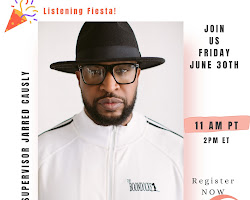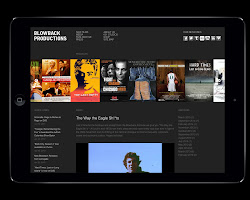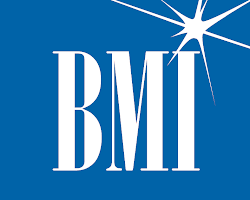Heavy Muzik Hitz: Music Producer Portfolio
Cover Page:
- Background: Sleek image of a music concert.
- Logo: Bold, custom-designed logo with the text "Heavy Muzik Hitz" in a stylized font.
- Name: "Heavy Muzik Hitz" prominently displayed above the logo.
- Contact Information: Email address, phone number, and social media handles clearly displayed.
About Me:
- Brief Bio: A captivating introduction highlighting Heavy Muzik Hitz's musical background, experience, and artistic vision.
- Genre Expertise: Listing of the music producer's primary and secondary areas of expertise (e.g., hip-hop, electronic, R&B).
- Technical Skills: Highlighting proficiency in music production software, hardware, and recording techniques.
- Influences & Collaborations: Mentioning notable musicians, producers, or artists Heavy Muzik Hitz has been influenced by or collaborated with.
Music & Projects:
- Featured Tracks: A selection of professionally produced tracks spanning various genres and styles, showcasing the producer's versatility.
- Audio Samples: High-quality audio recordings with clear descriptions and genre tags, highlighting specific production elements.
- Streaming Links: Embedded links to streaming platforms where listeners can access the producer's music easily.
- Project Descriptions: Briefly detailing the creative process, collaborations, and achievements behind selected projects.
Performances & Events:
- Live Performances: Listing past and upcoming DJ gigs, club appearances, or festival performances.
- Event Photos & Videos: Visuals showcasing Heavy Muzik Hitz in action, engaging with audiences, and commanding the stage.
- Client Testimonials: Positive quotes from satisfied clients praising Heavy Muzik Hitz's professionalism, talent, and work ethic.
Collaborations & Features:
- Featured Artists: Highlighting collaborations with prominent or up-and-coming artists, showcasing the producer's ability to work with diverse talents.
- Credits & Recognition: Listing any songwriting or production credits on successful releases or collaborations.
- Industry Partnerships: Highlighting any partnerships with music labels, brands, or other industry players.
Press & Reviews:
- Media Mentions: Featured articles, interviews, or reviews published in music publications or online platforms.
- Industry Recognition: Awards, nominations, or positive feedback received from respected music industry professionals.
Contact Me:
- Call to Action: Encouraging viewers to contact Heavy Muzik Hitz for production services, collaborations, or booking inquiries.
- Contact Form: An easy-to-use form for sending messages and inquiries directly to the producer.
- Social Media Links: Links to social media platforms for further engagement and interaction.
Additional Elements:
- Visual Design: Consistent aesthetic throughout the portfolio, reflecting Heavy Muzik Hitz's unique brand and personality.
- Mobile-Friendly: Ensured the portfolio is readily accessible and optimized for viewing on any device.
- SEO Optimization: Incorporation of relevant keywords to improve search engine ranking and online visibility.
Conclusion
Note: This portfolio is a fictional example. For a real-life music producer, the specific content of each section would need to be customized based on their individual experience, skills, and achievements.










